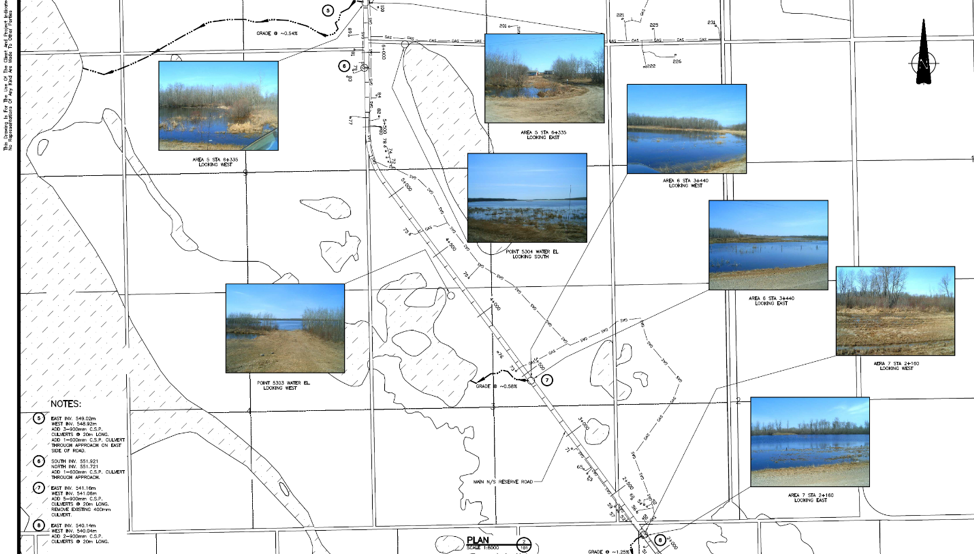Indigenous-owned solar energy projects are contributing to meeting a net-zero carbon emission target while building the self-sufficiency of their communities. Becoming energy sovereign, requires a community to build their “ability… to control, regulate and manage their own energy.” Solar power is among the cheapest forms of renewable energy and the Pembina Institute reports that from 2015 to 2020, renewable energy projects in Canada, nearly doubled across remote communities.
Launched on November 17, 2020, the 2.2-megawatt (MW) Three Nation energy (3NE) solar farm in Fort Chipewyan, Alberta, is owned by Athabasca Chipewyan First Nation, Mikisew Cree First Nation, and Fort Chipewyan Métis Association. It is reported that the 3NE solar farm and ATCO’s 600-kilowatt (KW) solar farm and “a battery storage system will reduce the need for more than 800,000 litres of diesel fuel each year.” Together, these solar projects are “the largest remote solar farm in Canada” found northwest of the Alberta’s oil sands.
With the Arctic warming three times faster than the rest of the planet, Inuit communities have become leaders in tackling climate change by engaging in renewable energy projects, including harnessing solar power. Vuntut Gwitch’in First Nation located in Yukon, is one of the first Indigenous communities in Canada to declare a climate emergency. The community has set a goal to reach net-zero carbon emission by 2030, which is 20 years ahead of the Canadian federal government’s commitment to net-zero carbon emission by 2050. The Old Crow Solar Project of Vuntut Gwitch’in First Nation consists of 2,160 solar panels to maximize the capture of the sun’s rays during long summer days. Vuntut Gwitch’in First Nation holds a 25-year electricity purchase agreement with ATCO Electric Yukon. The energy that is generated by the Old Crow Solar Project will be bought at a similar cost to diesel. According to Chief Dana Tizya-Tramm of the Vuntut Gwitchin First Nation., over $410,000 is returned to the community through the electricity purchase agreement, and can then be reinvested in additional renewable energy projects.
More examples of First Nation communities who are leaders in generating solar power and who are actively contributing to the effort to reach net-zero carbon emissions include:
- The Cowessess First Nation Solar Project in Saskatchewan, launched in July 2021, which has a solar field in addition to 800 solar panels that have been installed among several community buildings.
- Fort McKay First Nation’s community arena, which had solar power installed in 2007.
- Beaver Lake Cree Nation Amisk community school which had a solar array installed in 2015-17 and,
- Since 2015, Lubicon Lake First Nation has powered their community health centre using 80 solar panels.
More solar projects are in the works in British Columbia, including a new solar project on the Upper Nicola Band Reserve in collaboration with the Okanagan Nation Alliance and FortisBC.
Through their diverse solar energy projects contribute, Indigenous peoples are minimizing their communities’ dependency on fossil fuels, especially diesel, while becoming energy sovereign.
By Leela Viswanathan
(Image credit: Nuno Marques, Unsplash)






